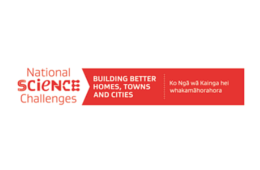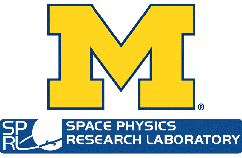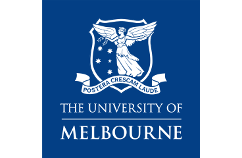The Professorship in Spatial Information was created with funding provided by the Cooperative Research Centre for Spatial Information (CRC.SI), Land Information New Zealand (LINZ) and the University of Canterbury, based in the GRI. The role is intended to accelerate the spatial data infrastructure programme of the CRC.SI, as well as further strengthening the bridge between spatial research and computer science, and filling a critical capability gap identified in New Zealand.
Prof. Matthew Wilson commenced in this role in February 2017. His main research interests are in climate-driven natural hazards, particularly flood inundation, and the impacts of climate change. He is particularly interested in the use of computational modelling and Geographical Information Systems (GIS) to assess flood risk, the use of remote sensing data to drive and validate computational models, and the assessment of the effect of uncertainty on model predictions.






















